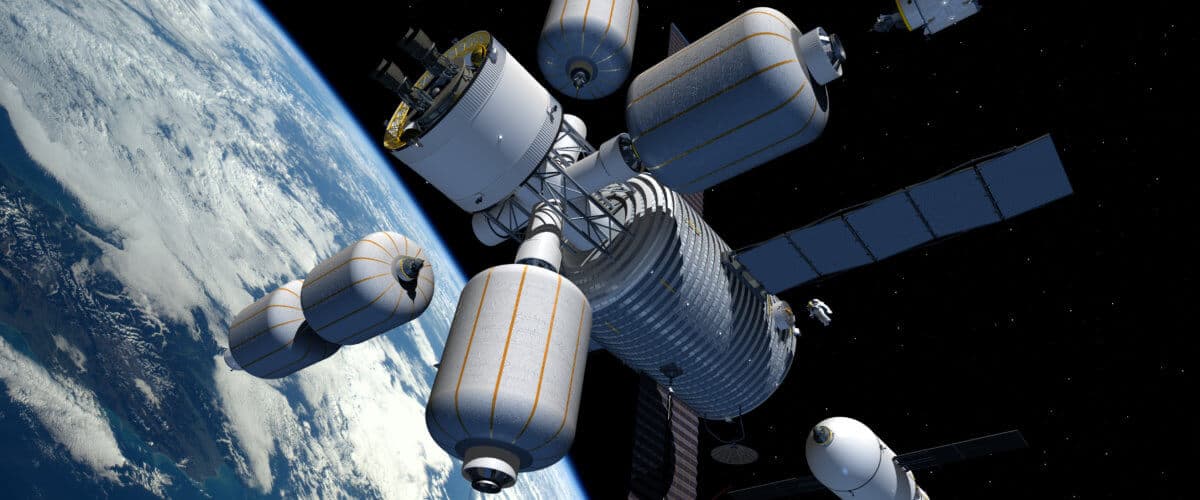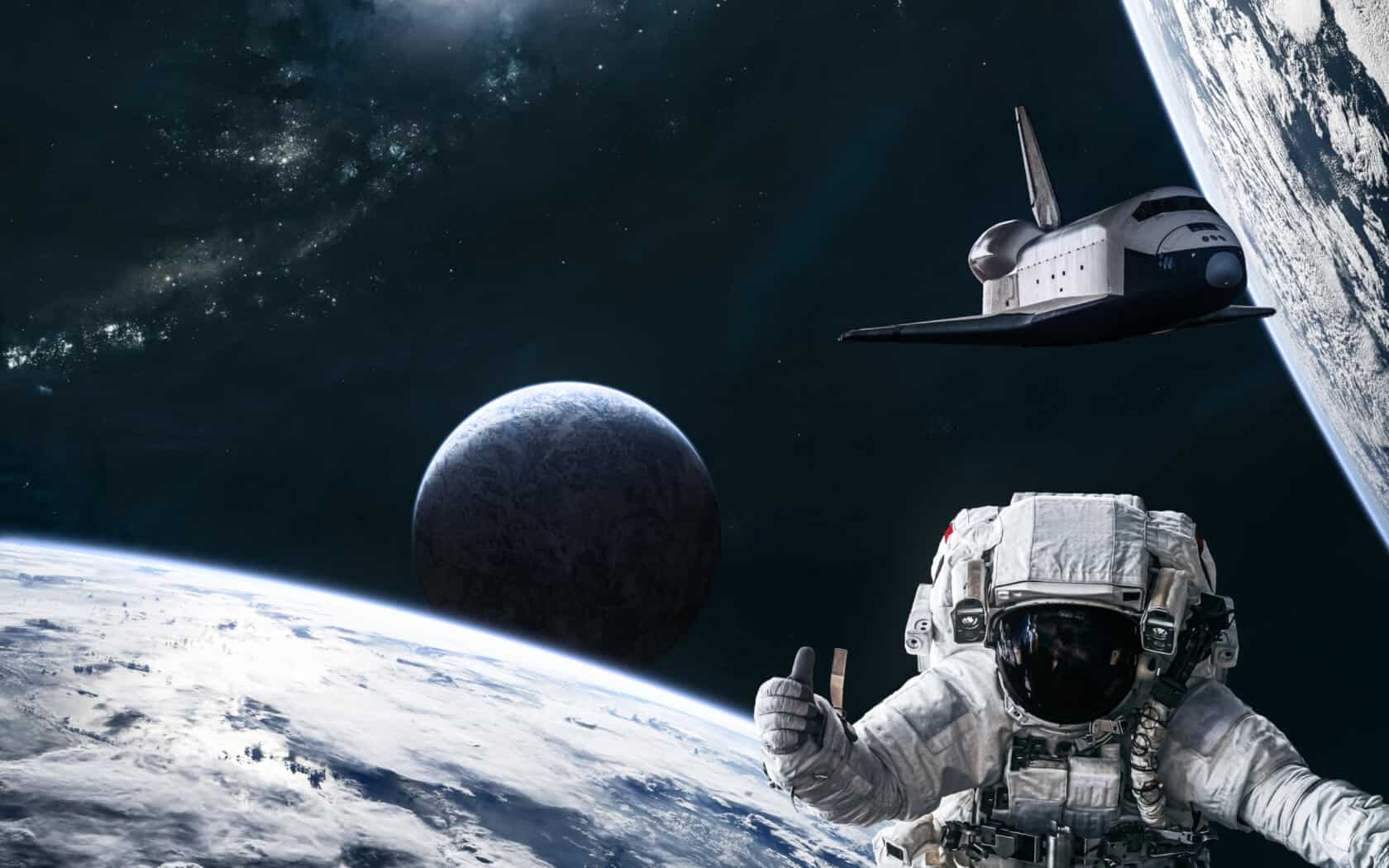Space tug is a multi-purpose vehicle that can do plenty of things in orbit — from adjusting satellites' position and re-supplying ISS to removing space debris. Besides, tugs fall under different types. What are those, and why are tugs necessary?
Before we start learning about space tugs, let us see what in-orbit servicing means.
The technology refers to refueling and re-supplying in-orbit spacecraft — for example, a spacecraft currently in orbit might run out of fuel or other supplies.
And this is where a space tug comes in.
DARPA (Defense Advanced Research Agency) has two programs underway that help with in-orbit servicing.
Along with Orbital Express, which helps supply goods to orbits, DARPA project also runs a program called the SUMO (Spacecraft form Universal Modification of Orbits).
But what about tugs and what else they can do?
What is a Space Tug?
We all know what a cargo spacecraft is — cargo vehicles are mainly used for carrying payloads to orbit and supplying satellites or even ISS.
And then we have space tugs, which is the kind of spacecraft specially built for transferring cargo from one orbit to another.
Space tugs are also widely used for transferring satellites from a lower orbit to a higher one.
This technology is called lunar transfer or geostationary orbit transfer.
Orbital tugs have been around for a long time now, ever since their concept was first introduced in a novel by Murray Leinster.
Still, scientists only started taking the space tug functionality seriously after WWII.
The original space tug’s purpose was to transfer cargo to satellites and the ISS.
Before NASA started working on its Apollo mission, it allocated its resources to the STS (Space Transportation System) program.
They also developed a simple blueprint for a space tug.
This prototype module only had a propulsion unit, but additional ones could be added to the main body depending on the mission.
For instance, an additional module could help take astronauts to space or ensure a safe spacecraft landing on the Moon or any other planet if necessary.

What can Space Tugs Do?
Space tugs can conduct station-keeping maneuvers to help satellites remain in their required orbits. Apart from that, tugs can also deploy a satellite to another orbit or adjust its position.
This sometimes becomes necessary if spacecraft missions change.
Depending on new mission objectives, tugs can reposition satellites to meet those new objectives.
On many occasions, satellites are deployed incorrectly, missing their calculated orbit. Such a mistake would often endanger the entire mission.
For example, signals from already in-orbit satellites could interfere with wrongly positioned spacecraft. Or, satellites would collect wrong data due to its miscalculated placement.
Besides, satellites can change their position over time, even if they originally were deployed correctly. All of those would pose a serious danger if satellites could not have been repositioned.
Fortunately, space tug companies found a solution.
Today, the Geosynchronous Space Tug Systems concept is on the rise. The idea is to build a spacecraft that can station itself in orbit and carry out multiple missions in its lifetime.
After taking its place in orbit, a tug will move up or down and help other satellites maintain their orbit or relocate them.
Once a mission ends successfully, this tug will return to its home orbit and park itself.
Other than that, there is another practical solution — developing a reusable space tug. Such a tug will not be stationed in orbit, but will be able to make as many flights as required instead.
Once launched, this tug will dock the satellite it needs to re-supply or reposition.
Once such a connection is established, it will stay in orbit until the supplies are full and then return to earth for its next trip.
How does Space Tug work?
First, let us take a look at some legal constraints.
The primary governing body for global space exploration is the United Nations Commission of Peaceful Use of Outer Space (COPUOS).
There are five major laws for international space exploration from COPUOS, with laws from 1967, 1972, and 1975 bearing special significance.
Along with pulling space debris out of space, the space tug vehicle can be used to relocate the existing satellites, which is exactly where trouble arises.
According to the UN treaty, no nation has the right to relocate an existing satellite in orbit to another one without the origin nation’s consent.
This guideline applies to all the space junk as well.
Currently, there are over 140 million debris free-floating in orbits, and many of those debris are smaller than one centimeter.
Even though space junk has no practical use, it remains the sole property of the nation that owns the spacecraft from which it originated.
A company can make a powerful space tug that can remove all the unnecessary junk out of orbit, but that might fail to get approval from the UN.
Photos: Shutterstock
The Importance of Space Exploration
Support us!
All your donations will be used to pay the magazine’s journalists and to support the ongoing costs of maintaining the site.
Share this post
Interested in co-operating with us?
We are open to co-operation from writers and businesses alike. You can reach us on our email at [email protected]/[email protected] and we will get back to you as quick as we can.










